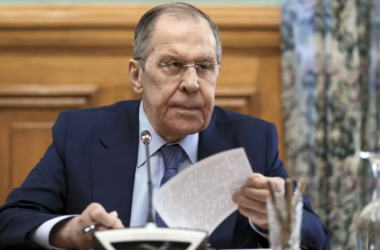President Donald Trump is pushing forward with a bold plan to impose reciprocal tariffs on countries that levy duties on U.S. imports, including the European Union, China, Japan, and South Korea.
Announced on February 13, this move could fuel a global trade war. Trump emphasized that the tariffs would be tailored to each country’s specific duties, but hinted at the possibility of a broader global tariff if necessary.
Speaking from the Oval Office, Trump explained that the U.S. would match the tariffs imposed on American goods by other nations, ensuring fairness. This is part of his broader strategy to strengthen both the economy and national security. Trump signed a memo instructing his team to start calculating these tariffs and address non-tariff barriers like regulations, taxes, and exchange rate policies that hinder U.S. business abroad.
Although Trump had promised to implement reciprocal tariffs earlier, his latest directive merely launches an investigation into the tariffs imposed by other countries. The process could take months, with results expected by April 1, according to Howard Lutnick, Trump’s pick for commerce secretary.
The president acknowledged that the tariffs could lead to higher prices in the short term but stood by their effectiveness. He stressed that the U.S. would be willing to lower tariffs if other nations did the same, signaling his openness to negotiations.
This initiative has sparked concerns of escalating trade tensions and rising inflation, though trade experts point out that calculating reciprocal tariffs across 186 countries with varying duty rates will be a massive undertaking. Still, Trump’s team is moving quickly, with the possibility of invoking different legal frameworks, including the Trade Act of 1974 and the International Emergency Economic Powers Act (IEEPA), to fast-track the tariffs.
In the end, Trump’s stance is clear: he’s ready to stand up for American interests, and if that means higher tariffs or a trade war, so be it.




